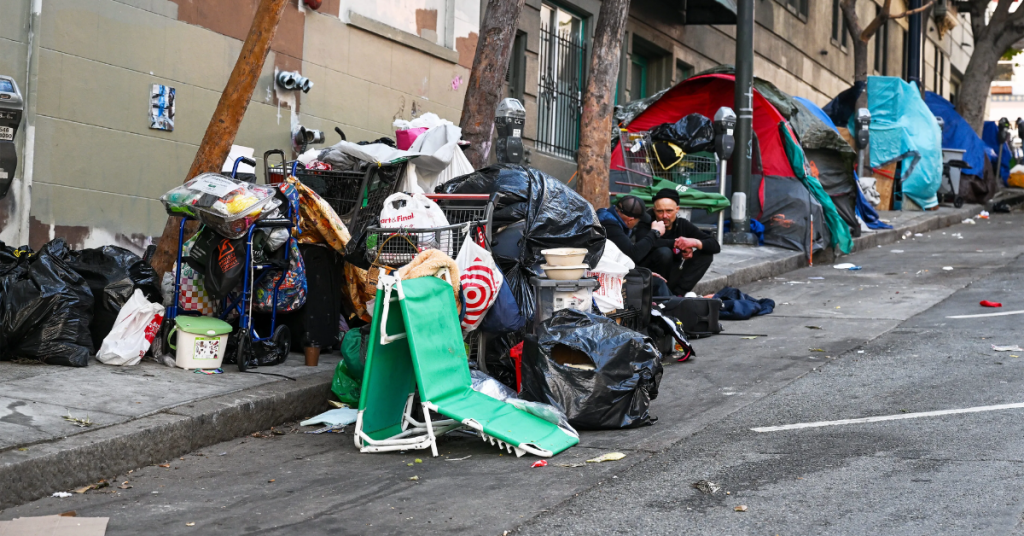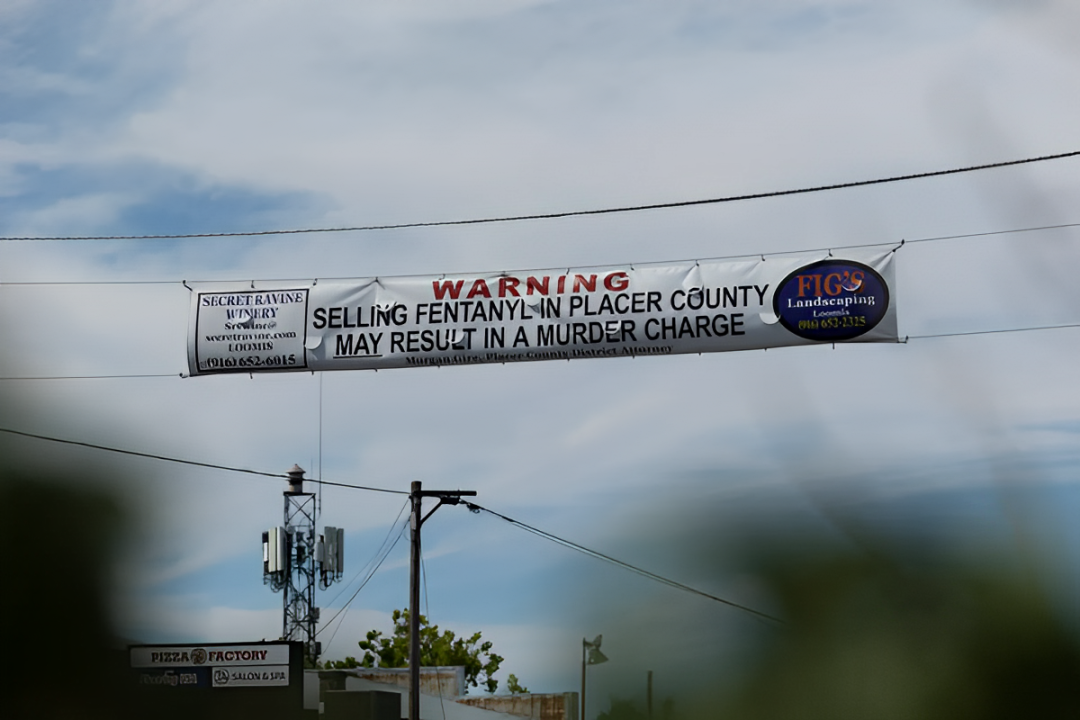California’s drug crisis has worsened despite efforts like harm reduction and decriminalizing hard drugs. These so-called “compassionate solutions” have failed to address the root causes of addiction and homelessness, leading to unintended consequences.
Many people struggling with addiction in the state face a false choice between homelessness and incarceration. This false dichotomy has normalized substance abuse, put public safety at risk, and ignored the deeper causes of both addiction and homelessness.
In response, California voters made a bold move last fall by passing Proposition 36, offering a new approach. This measure focuses on rehabilitation instead of punishment, providing a clear path to recovery.
By offering treatment and support for those struggling with addiction, Proposition 36 aims to break the cycle of homelessness and drug use, offering individuals the chance to reclaim their lives. With this policy shift, California is taking a new approach to addiction that prioritizes long-term solutions over temporary fixes.
Some past policies, like syringe exchanges, have been well-intentioned but have failed to adequately address addiction itself. While syringe exchanges help reduce the spread of diseases like HIV, they do not guarantee that people will enter treatment programs.
In many cases, these programs have had negative effects, such as leaving used needles in public spaces and contributing to public health concerns. Worse, research shows that syringe exchanges may even increase mortality rates because they don’t provide the help needed to overcome addiction.
The scale of the problem in California is staggering. In 2021, nearly 11,000 people in the state died from drug overdoses, with opioids like fentanyl being responsible for most of these deaths. These are lives that could have been saved with better access to treatment and rehabilitation.
Proposition 36 offers a framework for addressing this crisis by requiring treatment for those struggling with addiction. This new law gives individuals a chance at recovery, reducing the chances of relapse, saving lives, and providing an opportunity for people to rebuild their futures.
Communities across California have seen the negative effects of harm reduction policies. In places like El Dorado County, the rise in safety concerns and public outcry over a lack of meaningful solutions has made it clear that harm reduction alone is not enough. Even in counties with relatively low addiction rates, the challenges of drug abuse are becoming increasingly apparent.
The state of California, including Governor Gavin Newsom and Attorney General Rob Bonta, has faced legal battles over the limitations of statewide approaches that don’t account for local needs. Local communities should be allowed to create policies that reflect their unique challenges, prioritizing treatment and recovery instead of relying on blanket policies.

Now, California has a chance to make a real difference with the tools provided by Proposition 36. Drug courts, for example, have been proven to help individuals struggling with addiction by combining judicial oversight with mandatory treatment programs.
Studies have shown that drug courts help reduce both substance use and criminal behavior. This model has been successful in other parts of the country and could provide the structure needed to address California’s addiction crisis. By focusing on rehabilitation instead of incarceration, drug courts provide a path to long-term recovery.
Public education campaigns are also crucial in changing the way society views addiction. Just as the state has been successful in changing attitudes toward smoking and drunk driving, public education can play a significant role in encouraging healthier behaviors related to drug use.
School-based programs, outreach efforts, and interventions for at-risk youth can help create a culture that prioritizes recovery and prevention. By educating the public about addiction and promoting healthier choices, California can begin to shift cultural attitudes that have allowed drug use to be normalized.
The urgency of this situation cannot be ignored. Addiction is not a problem that can be solved with short-term solutions. As Robert F. Kennedy Jr., who has experienced addiction himself, has said, addiction requires long-term treatment, not quick fixes. His perspective could inspire California to expand its commitment to treatment-focused solutions, providing the resources and support needed to address the opioid epidemic more effectively.
It is important to understand that normalizing addiction is not compassionate—it’s harmful. Policies that simply allow drug use to continue without addressing the underlying issues have not worked. Proposition 36 provides California with a framework to move away from harm reduction policies that have been ineffective.
By expanding drug courts, creating prevention-focused public education campaigns, and focusing on rehabilitation, California has the opportunity to tackle the root causes of addiction and homelessness.
By fully supporting Proposition 36, California can provide individuals struggling with addiction the chance they need to rebuild their lives. This approach could be the key to addressing the state’s drug crisis, helping people get the treatment and support they need, and reducing the cycle of addiction and homelessness. With a new focus on rehabilitation over punishment, California has the chance to create a future where addiction is treated as a health issue, not a criminal one.
Disclaimer: This article has been meticulously fact-checked by our team to ensure accuracy and uphold transparency. We strive to deliver trustworthy and dependable content to our readers.

